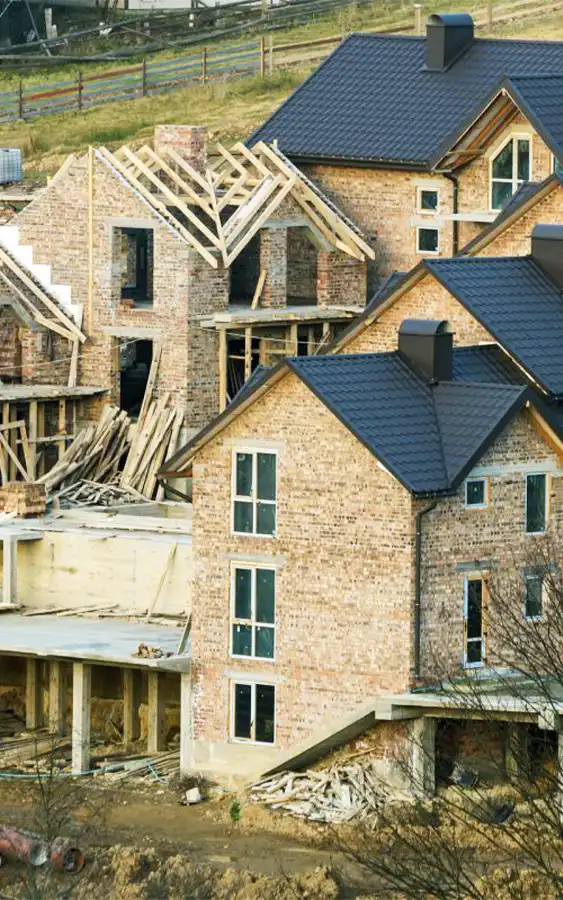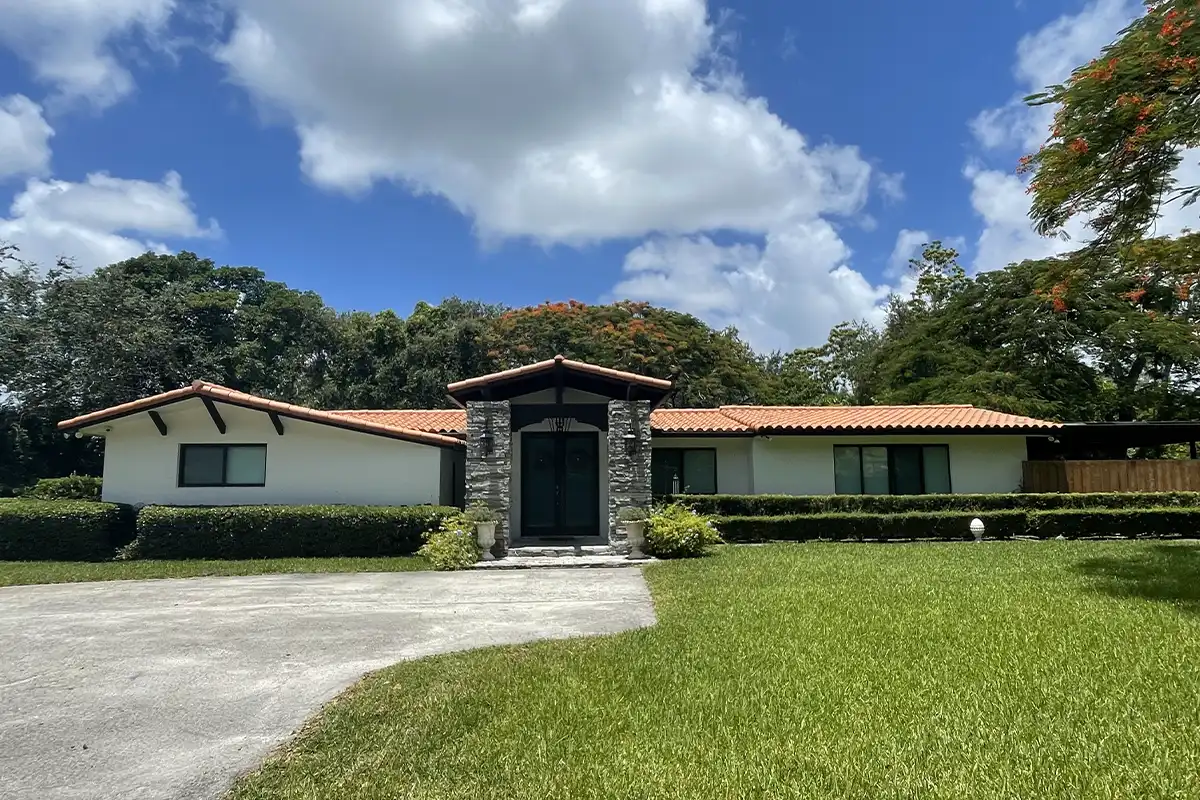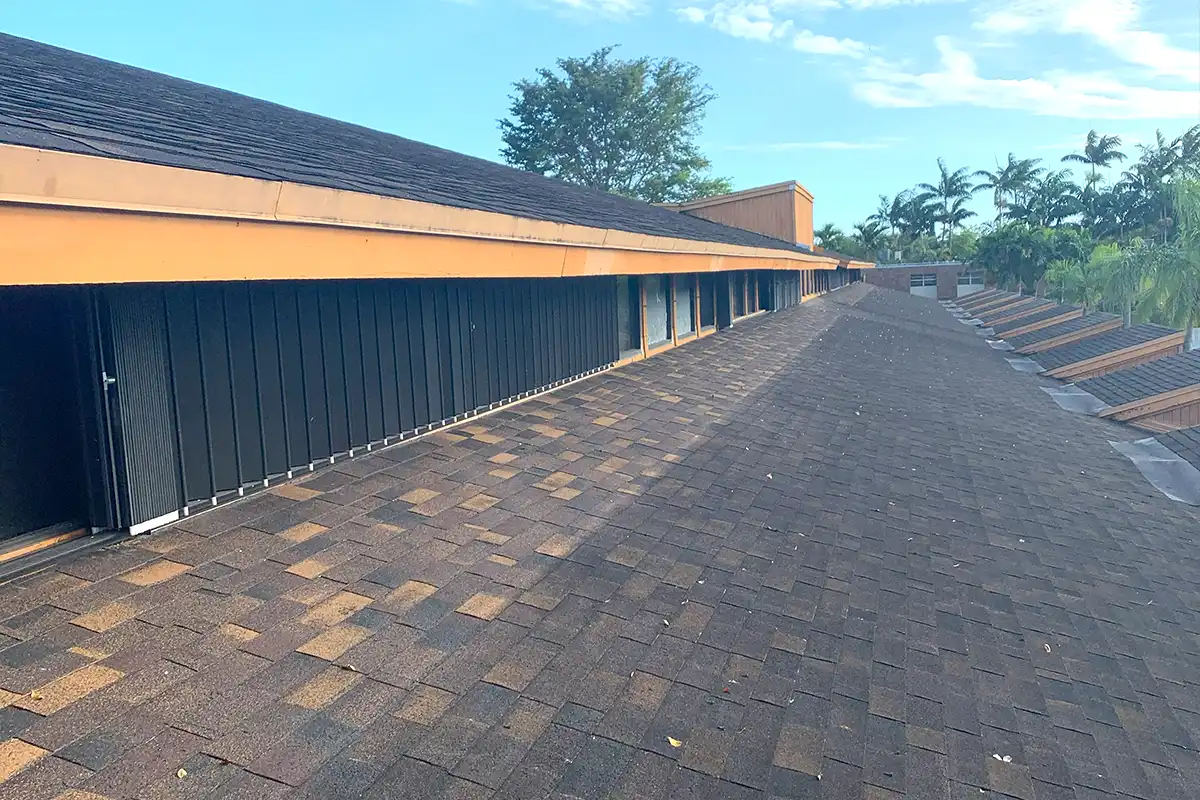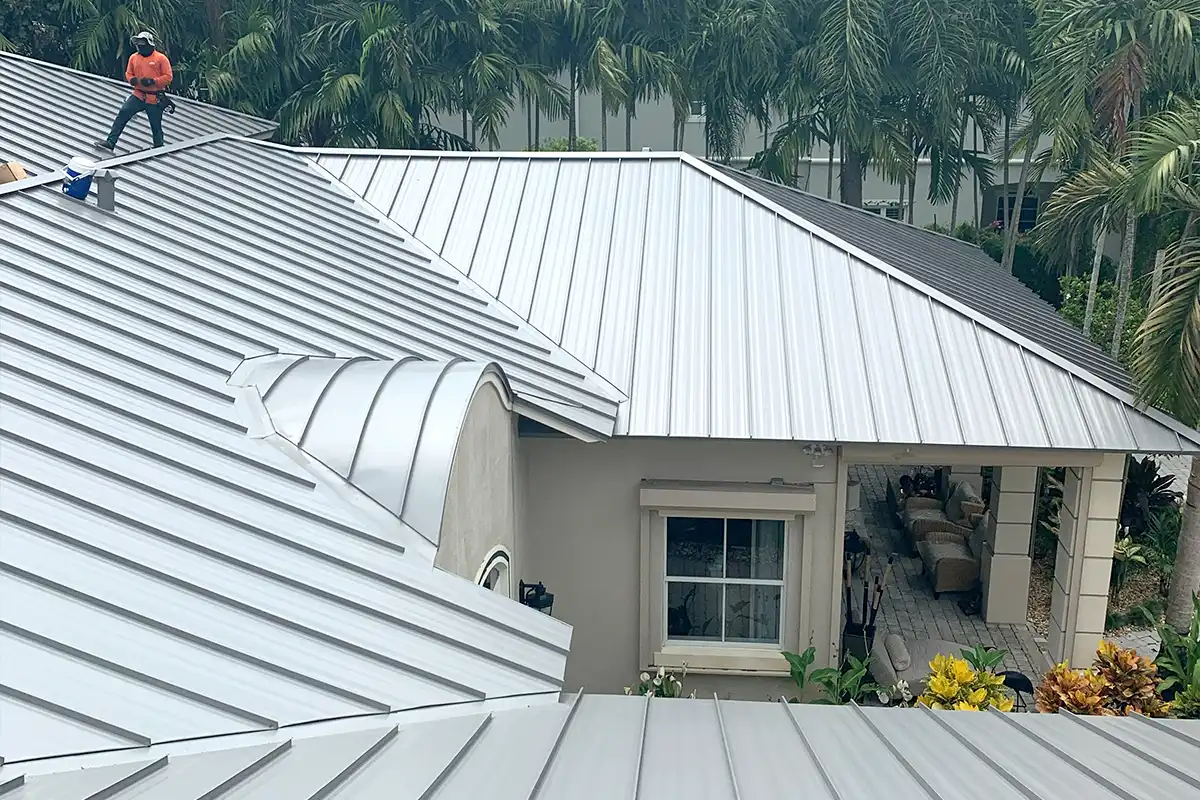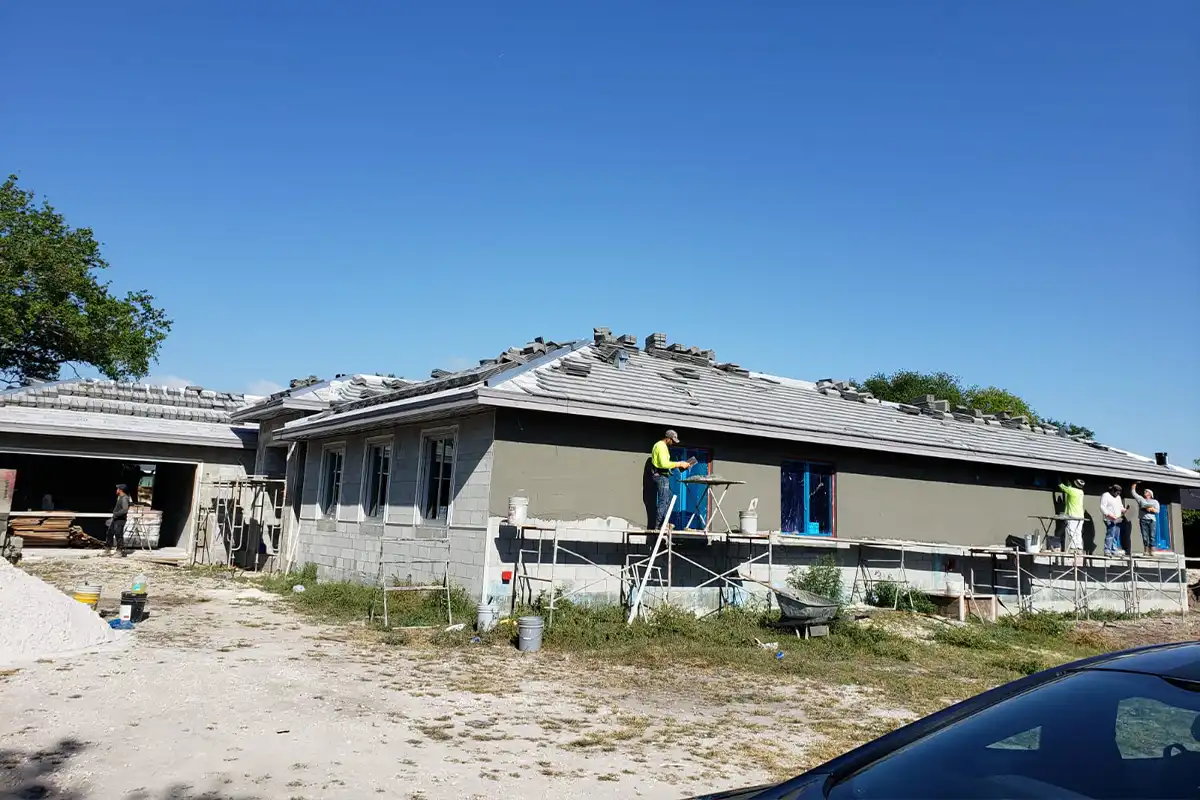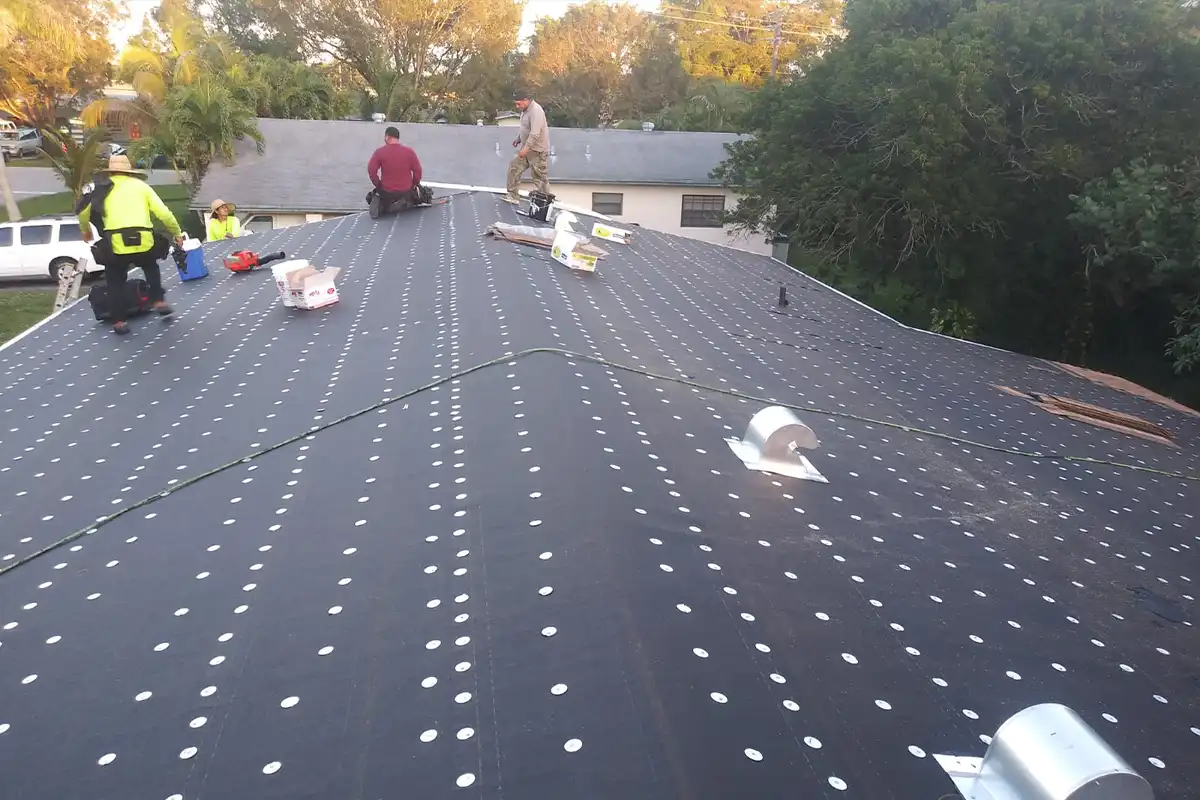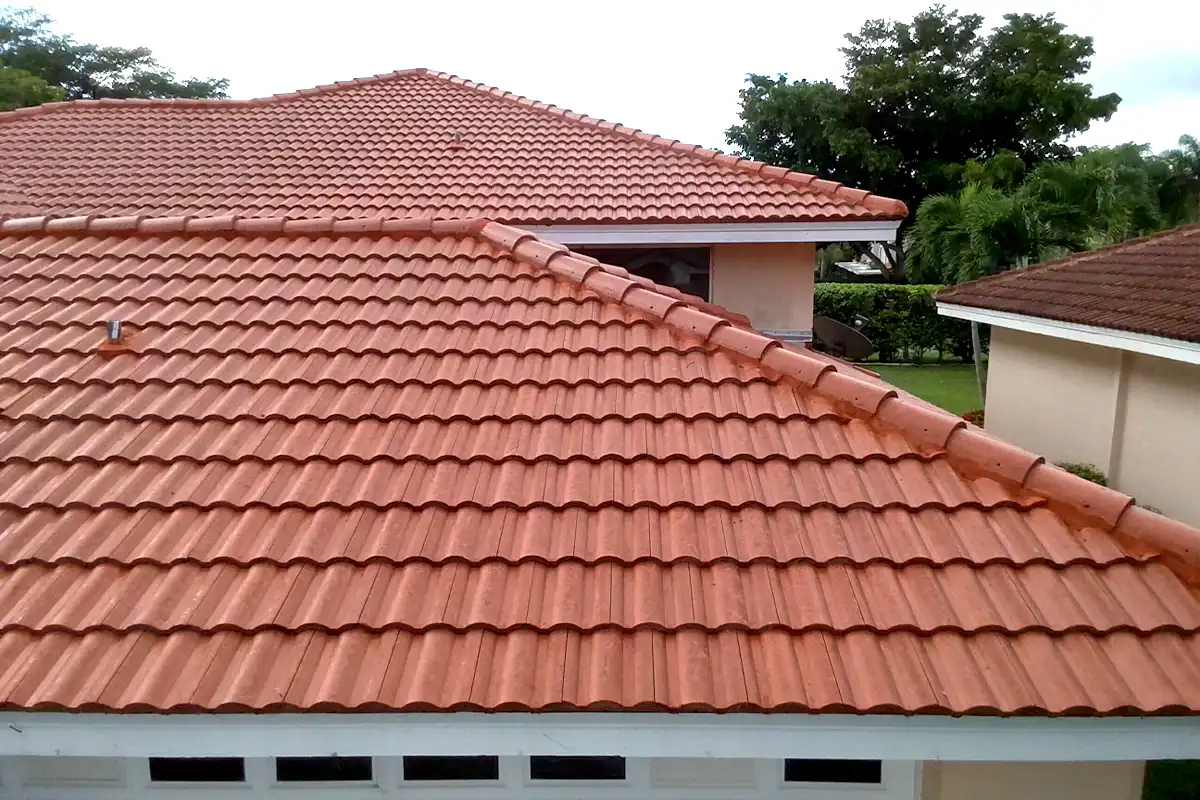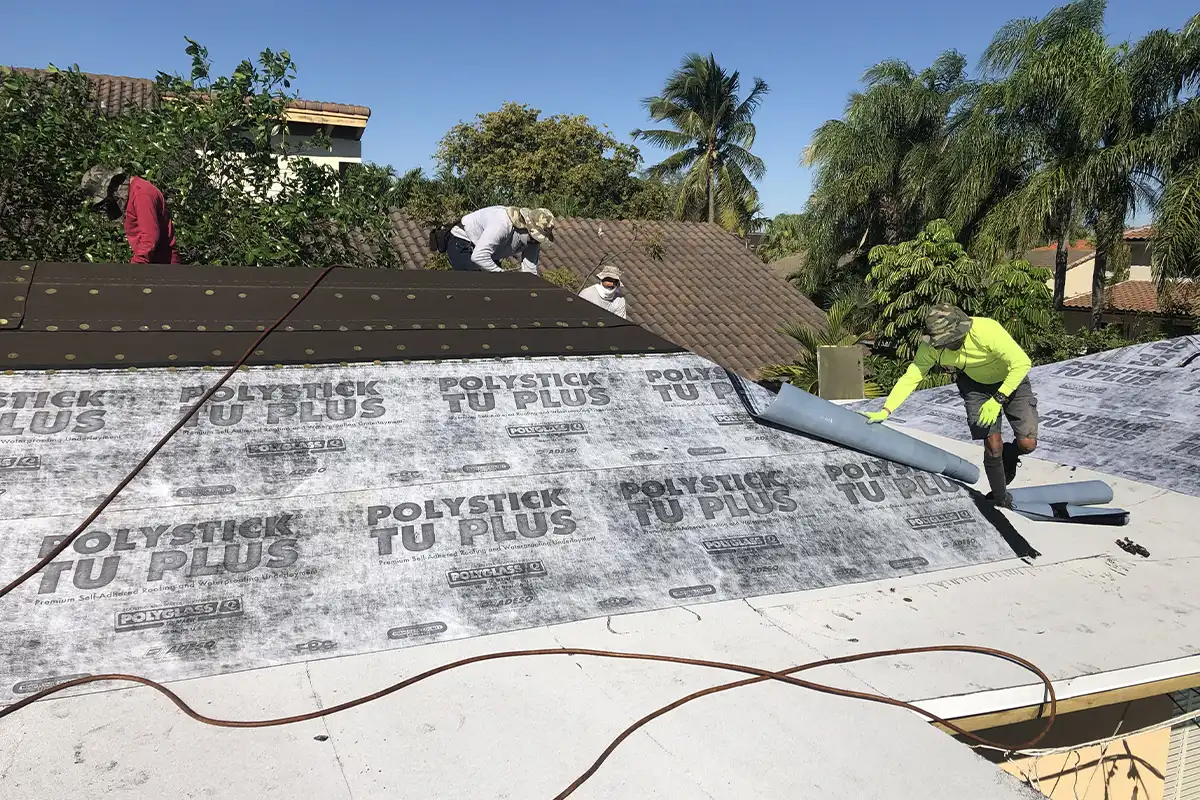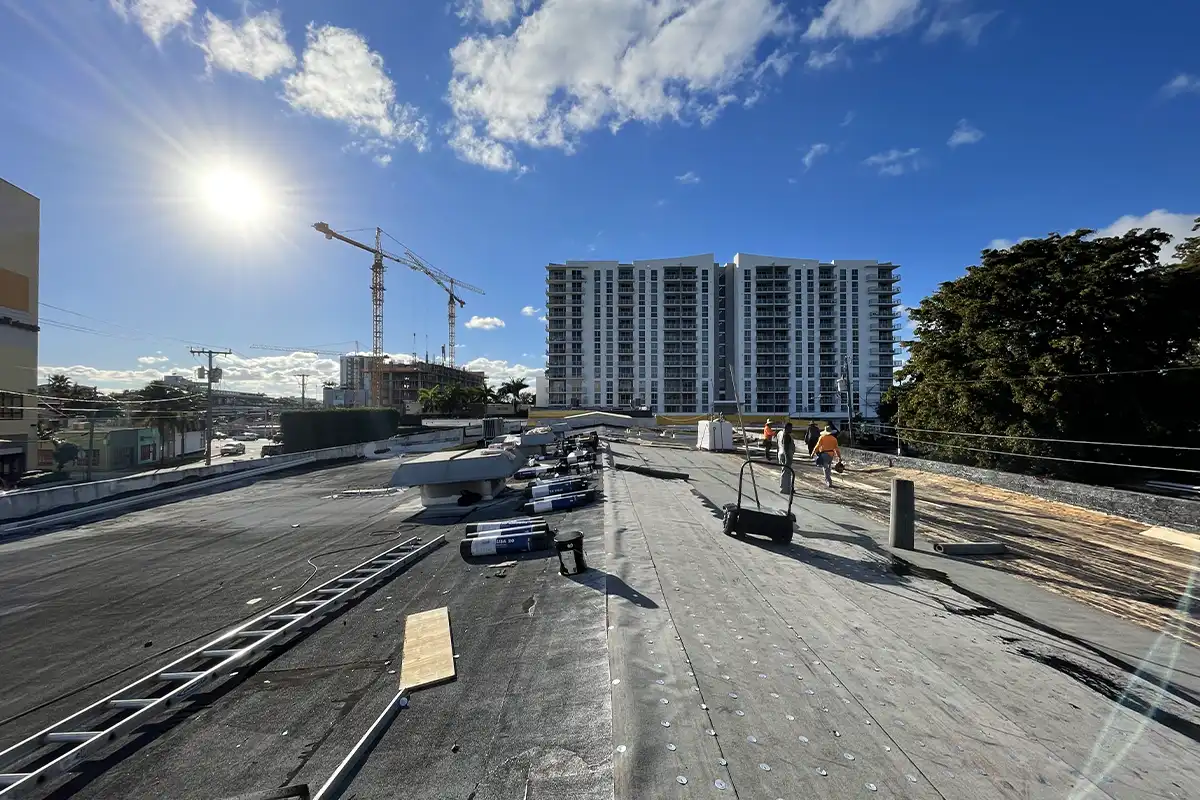Request a quote now and obtain 5% discount on your roofing service. CLICK HERE NOW!
Call Us Now!
Expert Miami, FL Roof Repair Services
Most Reliable Residential & Commercial Roofing Repair Service in Miami, FL
When you wish to partner with a roof repair Miami company you can trust and depend on, turn to the roofing professionals at Rausa Roofing. As a fully insured, licensed, and bonded company with a 5-star customer rating, we have been in the roofing repair industry for nearly 20 years. Of course, our team is proud to offer a complete range of Miami roof repair services and high-quality roofing materials.
When age or harsh weather rocks your home’s roof and threatens its integrity, you can rely on us to mend the damage and eliminate any impending risks. Learn more about our roof restoration services below.
Request Free
Estimate NOW!

5% discount on online quotes. Limited time offer.
Why Do You Need To Repair Your Roof?
In Miami, FL, a well-maintained roof is essential for protecting your home against the region’s harsh and unpredictable weather. Regular inspections and prompt repairs not only safeguard your property and save you from costly repairs or replacements later on but also enhance its aesthetic appeal and overall value.
Roof repair is a fundamental aspect of property maintenance in Miami. The city’s challenging climate can take a toll on roofing structures, making it crucial for homeowners and building owners to address issues promptly, whether it is a minor leak or serious storm damage. Seeking professional assistance from experienced roofers should be a top priority to ensure appropriate action is taken.
Understanding the intricacies of the repair process, associated costs, and various factors to consider can lead to a smoother and more efficient experience. Our team of friendly, knowledgeable roofing repair experts prioritizes trust, transparency, and quality workmanship on every project. With a track record of thousands of completed roofing projects for homeowners nationwide, we have the expertise to handle all your roofing needs effectively.
What Can Lead To Roof Damage Warranting Prompt Roof Repair?
Several issues can result in damage to the roof, warranting quick repair.
Breaking Down The Roof Repair Process
Our process ensures a comprehensive roof repair approach, addressing both immediate issues and potential future problems.
1
Assess the Extent of Roof Damage and Identify the Source of the Leaks
Our professional roofers will meticulously examine your roof to determine the extent of damage and underlying issues. This step includes checking for leaks, damaged shingles, and structural problems.
2
Setting A Plan in Place for Repair
Based on the inspection, you will be provided a detailed report, including the damage extent, a repair plan, and a cost estimate. It will also cover the materials needed, the timeline, and any necessary permits.
3
Preparation with Tools and Safety Equipment
The work area is prepared, including setting up safety equipment, protecting surrounding landscaping, and ensuring proper access to the roof.
4
Time To Execute
In this phase, our experts perform the repair work, which may involve replacing damaged shingles, fixing leaks, addressing structural issues, or repairing flashing and vents. Our experts will ensure all repairs are done to code and manufacturer specifications.
5
Final Wrap-up
After repairs are complete, a final inspection is conducted to ensure quality and effectiveness. The work area is exhaustively cleaned, and any debris is removed from the property.
Completed Roof Repair Miami Projects
Our extensive portfolio showcases numerous successful residential and commercial roofing projects across Miami, demonstrating our commitment to quality workmanship and exceptional results. Whether it is minor repairs you require or a complete roof replacement, our skilled team of professionals has the expertise to handle roofing jobs of any scale with meticulous attention to detail.
The Cost of Roofing Repair in Miami, FL
Miami FL roof repair costs can fluctuate considerably, and it’s important to understand the key factors influencing these variations. The type of roofing material plays a major role, as different materials like asphalt shingles, metal, tile, or flat roofing have distinct repair costs due to differences in material prices and labor requirements.
In Miami, permit costs are another factor that can impact the overall repair expense. While these costs may vary, they are essential for ensuring that repairs meet local building codes and safety standards.
The extent of the required repairs is also a significant determinant of cost. Minor fixes, such as replacing a few damaged shingles or a small section of flashing, are typically less expensive than addressing extensive water damage or replacing large roof sections.
Additionally, the presence of exterior features like chimneys or skylights can increase the cost of your Miami roof repair project. These elements often complicate the repair process, requiring more time, materials, and specialized expertise, which can contribute to higher overall expenses.
Understanding these factors can help homeowners and commercial property holders better anticipate and plan for the costs associated with roofing repair Miami, FL.
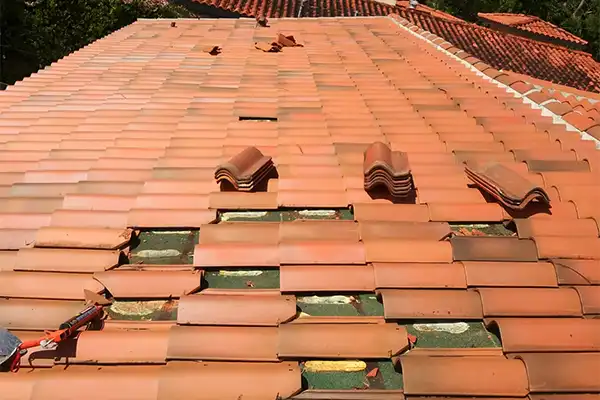
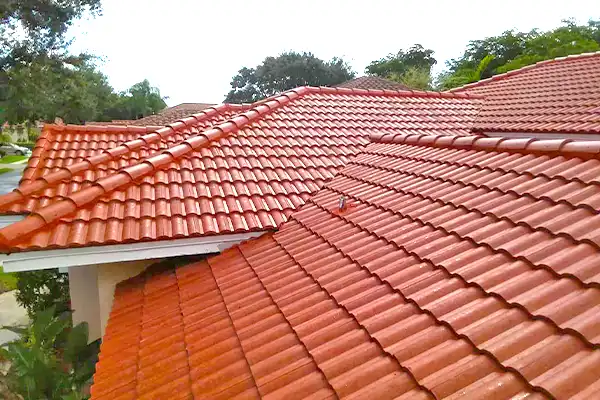
Our Reviews
Hear firsthand from our customers about their experience with Rausa Roofing. We ensure that our customers have a smooth experience from start to finish as we deal with all their roof repair worries.
Immediate Roof Repairs
At Rausa Roofing, we acknowledge how stressful it can be when your roof suffers damage after surviving a harsh season. We ensure peace of mind for all our customers by delivering swift storm damage repairs to restore your roof back to top-notch condition. Your Miami FL roof repair project will be executed by skilled craftsmen using premium selected products, including metal roofing, clay tiles and asphalt shingles for the project.
Recognizing Hail Damage
Hail damage to roofs can be both obvious and subtle, ranging from visible dimples in shingles to hidden structural weakening. Signs may include dents in shingles or granules accumulating in gutters. However, not all damage is immediately visible, and some issues may only manifest as leaks over time. Older roofs are especially susceptible to hail damage due to their age and wear. Given the potential for hidden damage, it is crucial to have a professional roofer assess your roof after a hailstorm, even if no immediate issues are apparent. Early detection and repair of hail damage can prevent more significant and expensive problems in the future, ensuring the longevity of your roof.
Your Journey with Rausa Roofing
Your peace of mind is our topmost priority. With a detailed roof repair process in place, your project will run seamlessly every step of the way after you contact us. No unpleasant surprises, such as hidden costs or unexpected delays, ever! Your roofing journey with us starts with a personalized consultation that not only identifies the issues in your roof but also comes up with a customized plan for the repair of your roof.
Contact us today to schedule yours!
FAQS
Is It Worth Patching A Roof?
Yes! Patching a roof can be worth it. However, it is important to note that you must decide whether to repair your roof or replace it depending on the extent of the damage. Other factors to consider, in addition to that, could be the roof’s age and the condition of the rest of the roof.
Is It Possible to Repair Only A Part Of The Roof?
Yes, you can repair only a specific section of the roof that is damaged. However, most roofing professionals do not recommend repair if more than half of the roof is damaged.
How Long Does The Residential Roof Repairing Process Take?
Residential roof repairing projects are typically completed within a day. However, this depends on the size of the roof and the extent of the damage.
Is Water Damage by a Leaking Roof Covered Via Insurance?
If the water damage occurred due to a storm or accident, your insurance would cover the water damage. However, if the water damage was caused due to a poorly maintained roof or age, your insurance company will not pay for the damage.
Can You Repair Roof Leaks?
Yes, repairs can be made to your existing roof to eliminate leaks. Some common causes of roof leaks include missing or cracked shingles, wood rot, or clogged gutters. Roof leaks should be taken care of promptly to protect the structural integrity of the house.
Choose the Right Roofing Contractor Miami
When it comes to roof repairs Miami, selecting a trustworthy and skilled contractor is crucial. You need a professional to thoroughly evaluate your roof’s condition, provide an accurate cost estimate, and efficiently execute the necessary repairs. Roofing repair in Miami requires expertise due to the area’s unique climate challenges.
Before hiring a roofing contractor for your Miami roof repair project, it is essential to ask relevant questions to assess their qualifications and experience. Consider factors such as their familiarity with local building codes, experience with Miami’s specific weather conditions, and their track record of successful roofing repair Miami. Luckily, we have it all at Rausa Roofing.
Remember, your home is a significant investment, and ensuring its protection and comfort should be your #1 priority. By choosing a reputable roofer for your roofing repair Miami project, you are not only addressing immediate issues but also safeguarding your property against future problems. A well-maintained roof is crucial for withstanding Miami’s intense sun, heavy rains, and potential hurricane conditions. Ultimately, investing in quality Miami FL roof repair services will provide peace of mind and long-term protection for your home and family.
Request Free
Estimate NOW!

5% discount on online quotes. Limited time offer.

